Q&A with Chris Dorland
Q: Tell me about your background?
I grew up in Montreal. My parents are both academics with counter-cultural roots. My dad was a novelist and a journalist before getting into cultural studies. My mom works in gender studies and philosophy. My upbringing was very urban. I grew up right downtown. You know the Larry Clark movie Kids? My teenage years were basically a less fucked up version of that – but it was pretty similar in a lot of ways. Drugs, skateboards, a lot of stupid stuff. A lot of wandering around the city at all hours. But I always had a good head on my shoulders though. For a long time I wanted to be a lawyer but in the end I found a more creative path was better suited to my temperament. Art really saved my life in many ways. It gave me direction, purpose and an outlet for passion. I think without it I would have been a monster capitalist. But maybe that’s just a story I like to tell myself.
Q: Do you remember the first artwork you made?
No. But I do remember the first oil painting I made.
Q: Was there a particular moment or event where you decided to become an artist?
Yes- I was watching the movie New York Stories at my friend Katherine’s mom’s loft. I was 16 or 17. The film is in three parts. Each part is directed by different director. The first part is called Life Lessons and it’s directed by Scorsese. It’s the story of a Neo-Expressionist painter in NYC during the 80’s. I knew at that moment that I was going to be an artist.
Q: What influences you?
Capitalism, in all it’s various manifestations. I’m basically fascinated by that. And have been since I was a little kid. The history of painting is a big influence also. Especially post-war painting. Also the Terminator- all the movies that have come out of that. The cyborg Hollywood apocalypse. Paul Verhoeven was a huge influence on me. His American movies left a very large footprint. They showed me that you could do a blockbuster but that it could also be critical and funny. I love his sense of sarcasm. David Cronenberg as well.
Q: The Idea/concept surrounding your work, can you tell us more?
First of all I should say I think my work is very urban. It’s the byproduct of someone who has lived their entire life in city centers. I’m interested in how personal desire and corporatized space work together. A question I ask myself a lot is where, within a very large and complicated matrix, do we locate ourselves? In a world where technology and consumer space have unimaginable levels of (unseen) control- what is left and how do you find meaning, and personal freedom, within that.
Q: Can you tell me more about the process, and the elements in your works?
I’ve always been interested in method’s of image production and reproduction. Although I used to make much more straightforward paintings – using oil paint and brushes – but even then I was interested in mechanical reproduction, and I went to very complicated lengths to simulate that. But lately I’ve been working with machines as my brushes- computer, scanner, printer and sewing machine. So really the current work is essentially a collaboration between me and these various machines I work with.
Q: What is most important to you regarding your work?
Communication. Art has to communicate something. Otherwise it’s basically just decoration. And that’s not so interesting to me.
Q: Can you tell me more about your routines and rituals in your daily practice?
I’m definitely a day person. A studio day is about 8 – 10 hours. I wake up between 8am and 9am, The first part of the day is emails and office related things which I prefer to do at home. So I wake up, make a large pot of coffee and sit a my computer for a few hours. Answering things like this or whatever.
Then I go to the studio. I usually get there just around lunch time. The studio is a working space. I don’t really do anything else there but work. I don’t have internet. I try to have as few distractions as possible when I’m there. Except now I have a couch, so it’s also a napping place.
Because my work requires various stages to make a painting I have a number of steps that get done on different days:
First – ideas get worked out on the computer. I use the scanner and the photocopier to make sketches which then get organized in photoshop. Once I have a general idea of what I want to make, I begin to prepare the canvas for printing. I use a variety of canvases to print on that each requires their own special preparation. So there is a little old school painting at this point because I apply a variety of grounds to the surface.
When that is done I am ready to start printing. This is where the images really get decided because I interact a lot with the canvas while it’s being run through the printer. Sometimes running it multiple times. Once I have a few sections printed out, I start pinning the printed sections to the wall and figuring out the composition of the painting. Each section gets coated with a UV gel.
And finally, the sections are sewn together to create the painting. Each of these steps requires many micro decisions. The production is actually quite stressful because things don’t always go the way you want them too. The machines have minds of their owns. So it’s a constant negotiation and recalibration. And trouble shooting.
Once everything is sewn together, the canvas is ready to be stretched and the work is complete- unless I don’t like it- at which point it gets dismantled. The whole process to make a painting from start to finish can take up two or three weeks depending on the size of what I’m working on and the complexity of the image.
Q: Can you let us in on some of the future projects, works?
I’m working towards a few art fairs and I’m also in the early stages of development for an installation that will be presented here in NYC.
Fell free to visit – Sunday-S – New Artist Featured Every Sunday !!
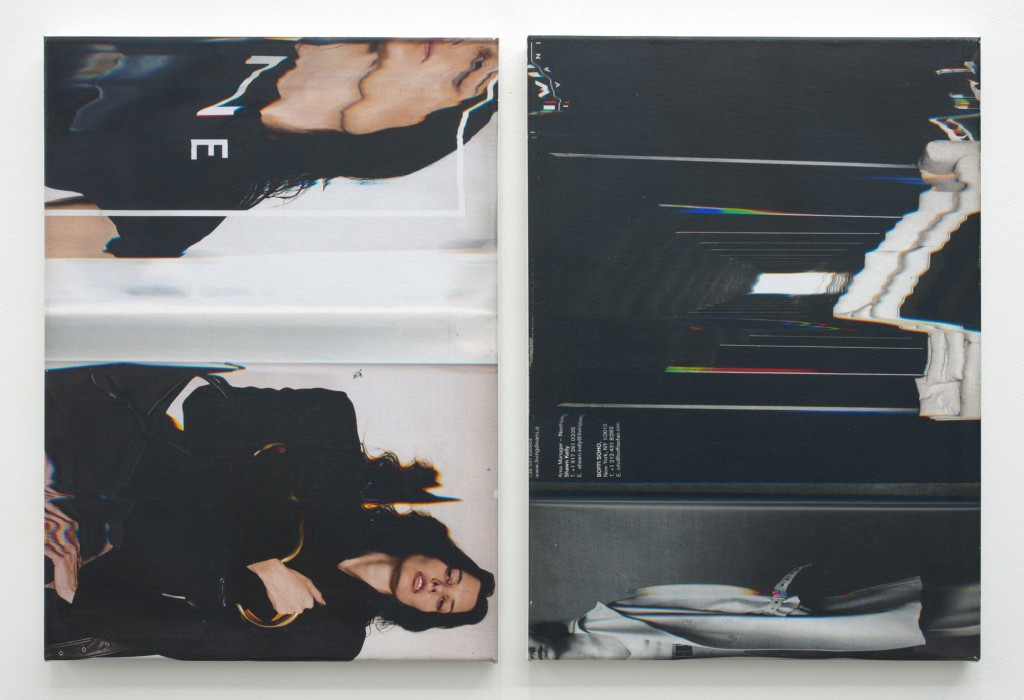
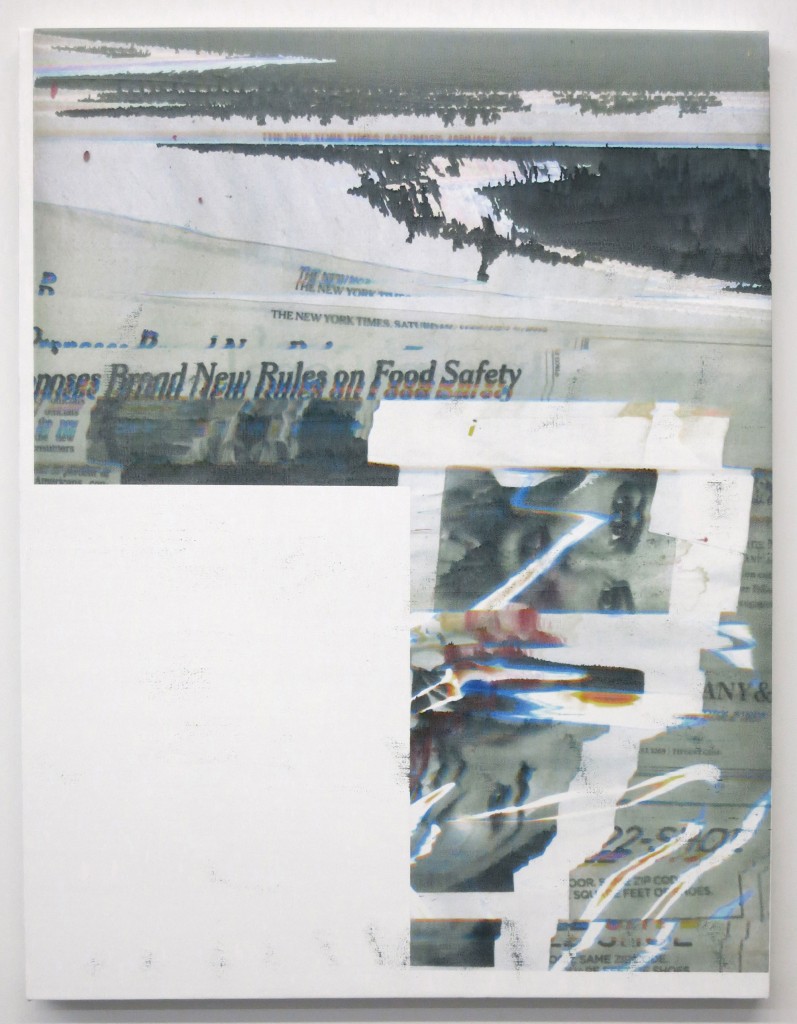
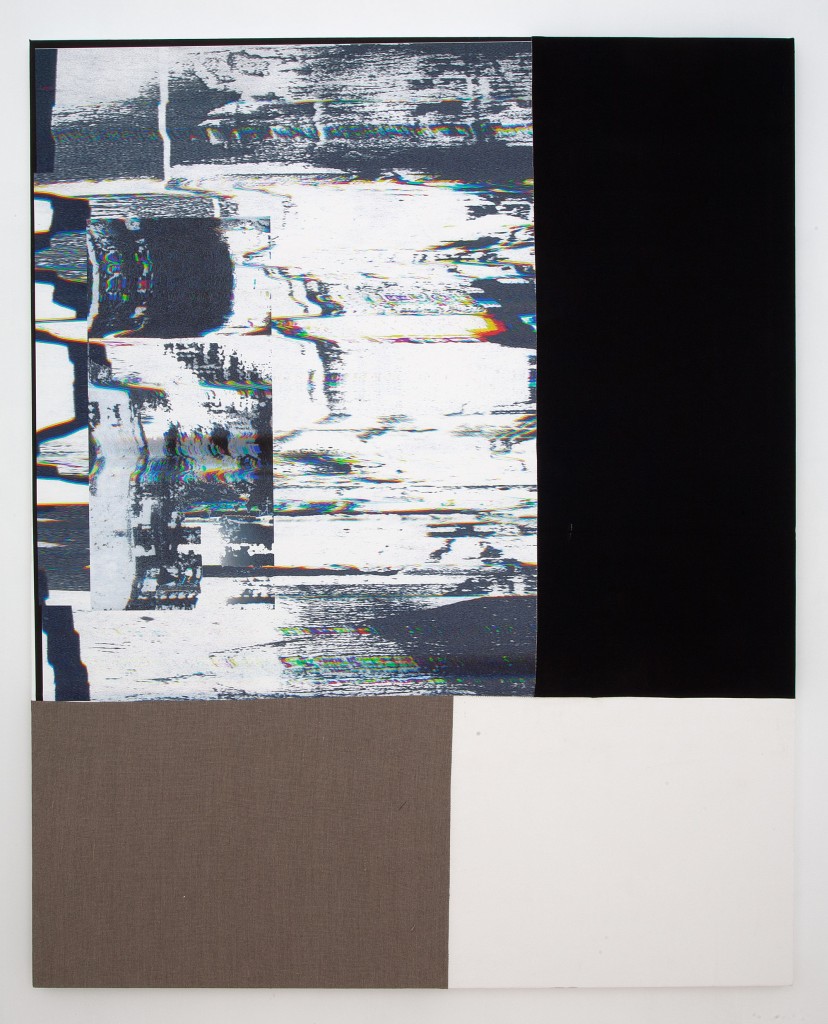
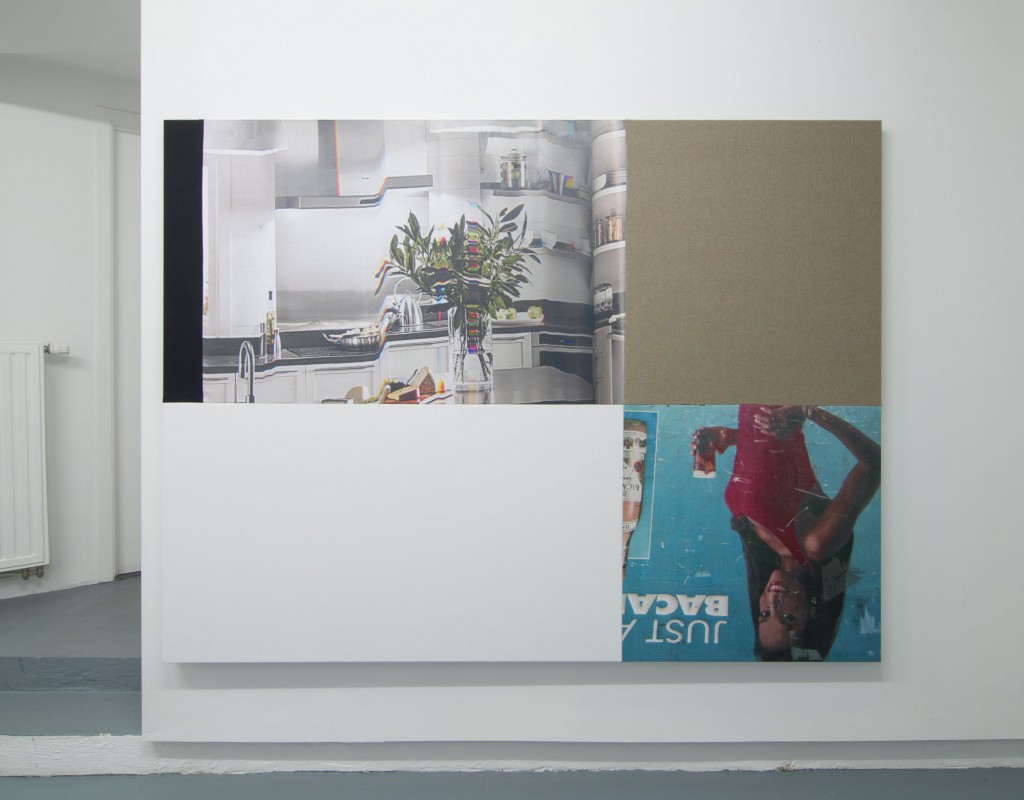
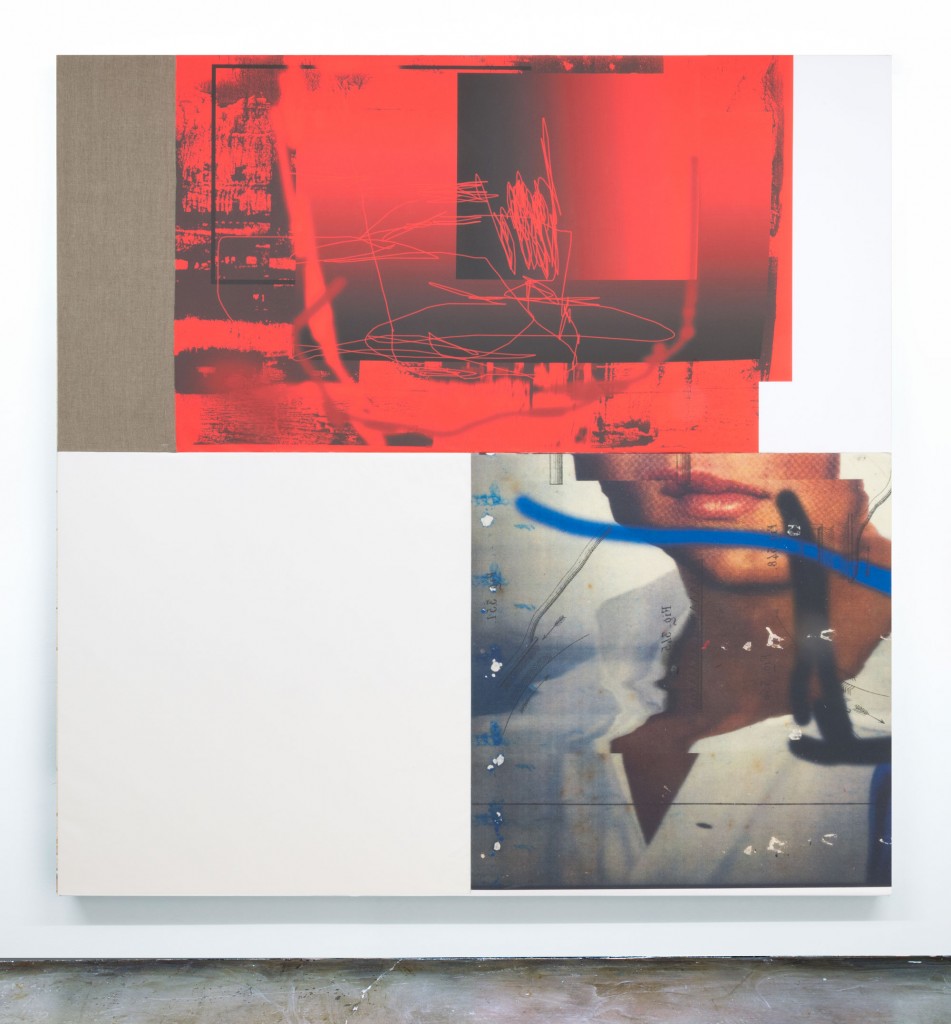
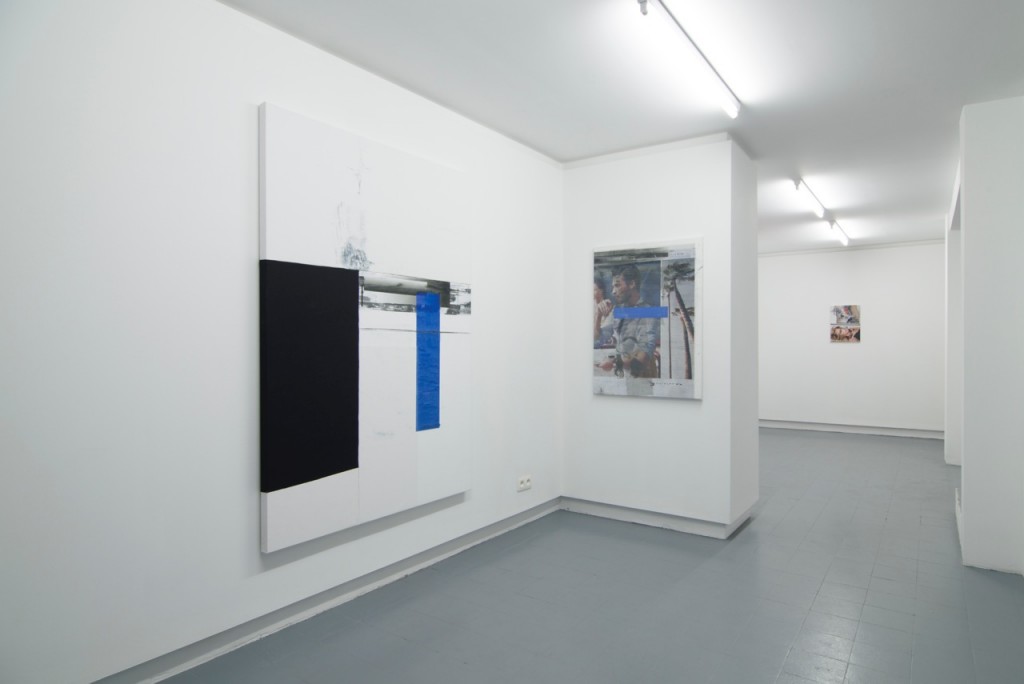
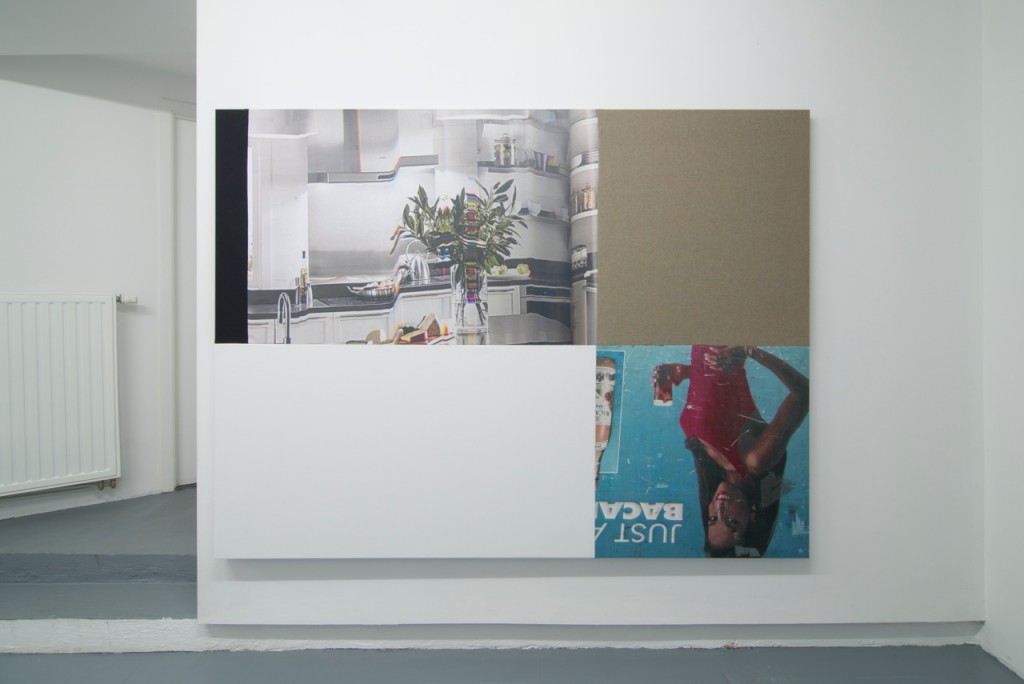

Pingback: Chris Dorland on Sunday-S - Sunday-S Gallery - Open Every Sunday